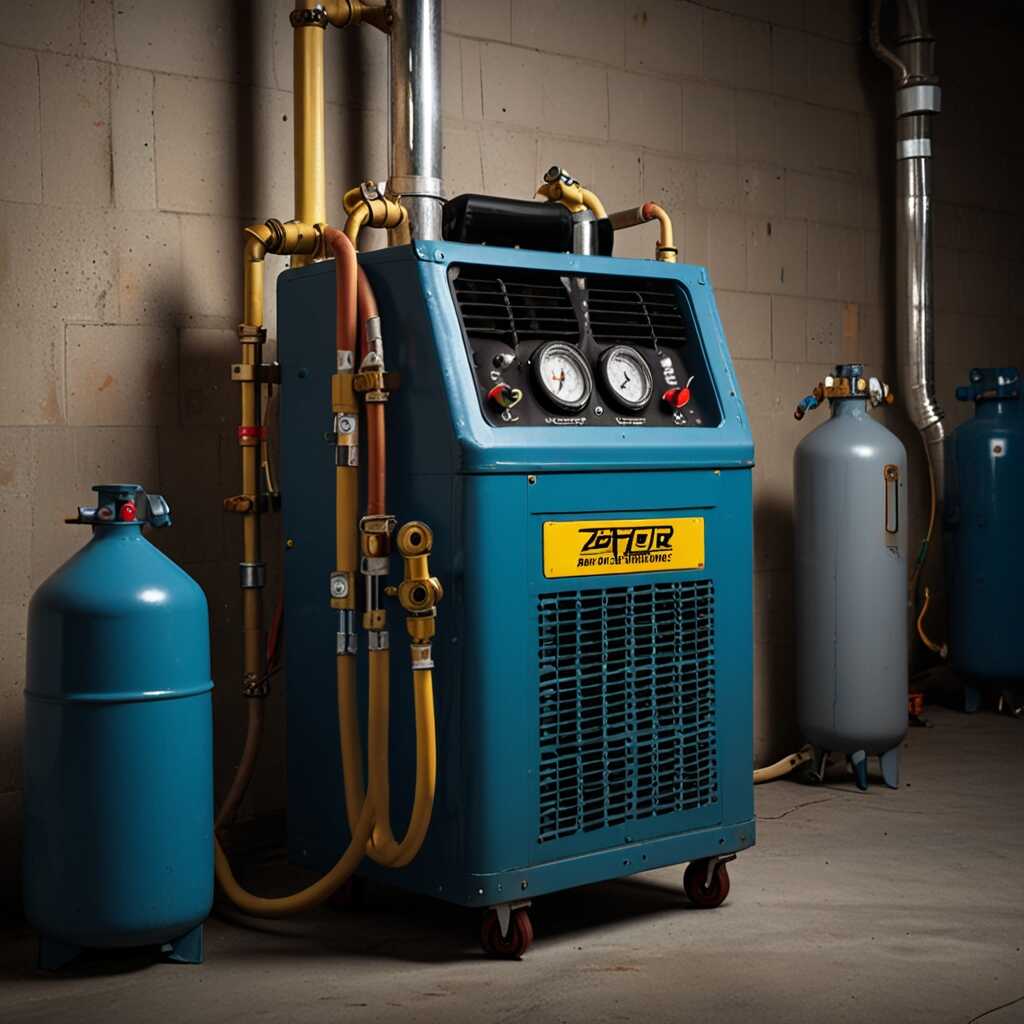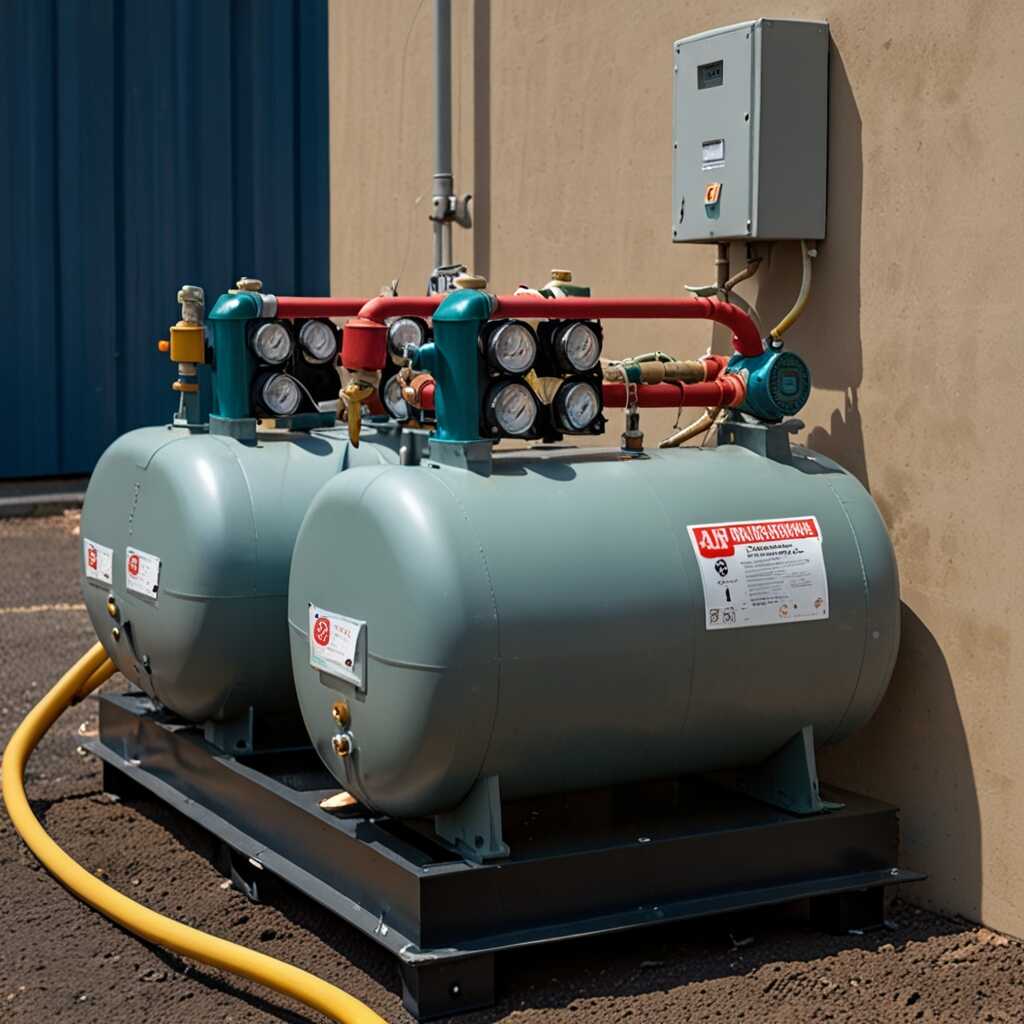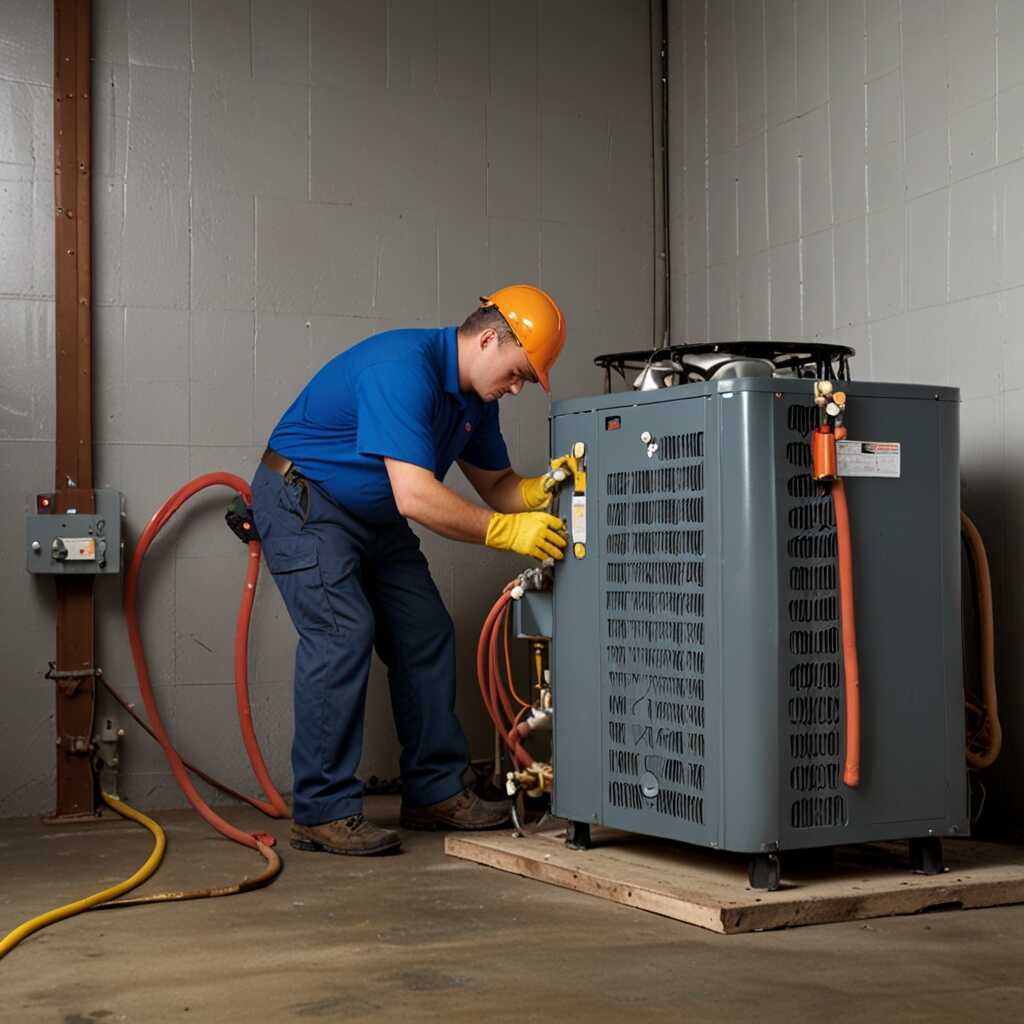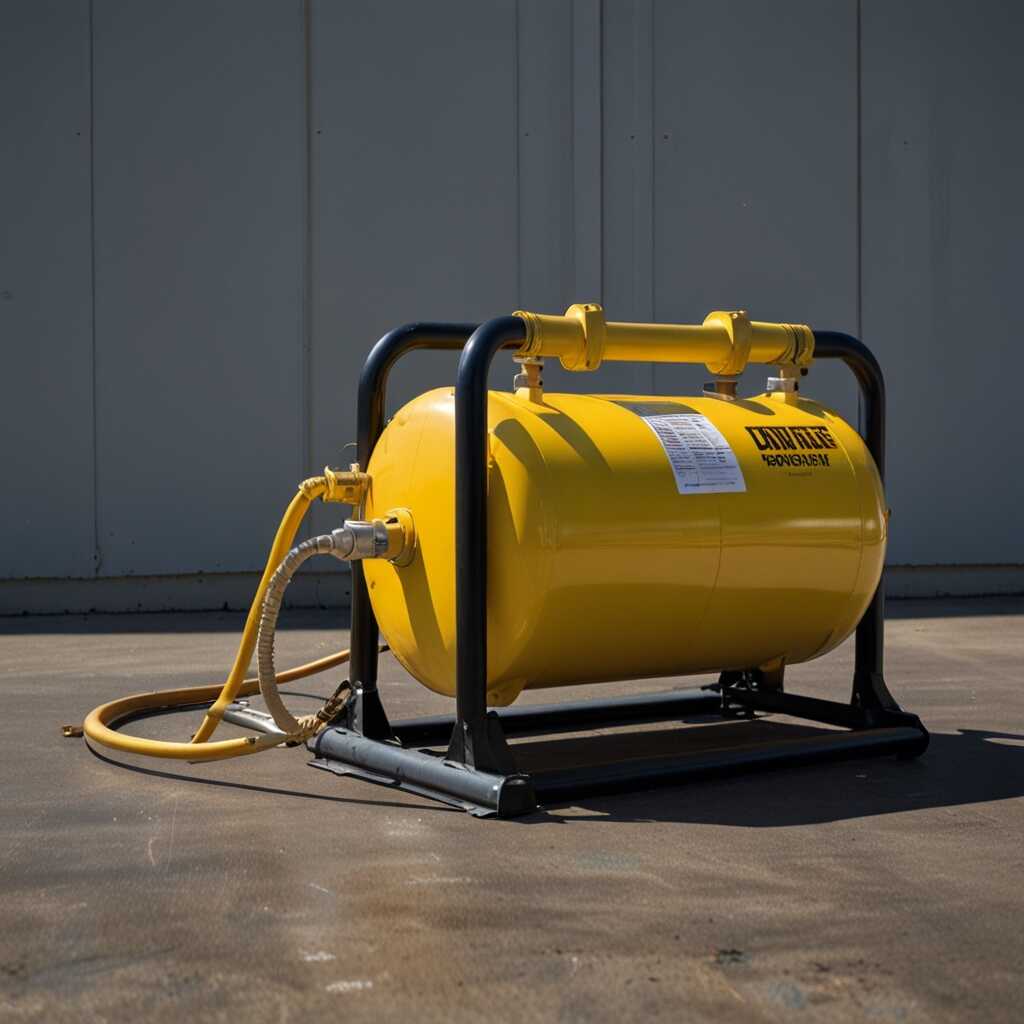Electronic float sensors are vital in preventing overfilling in refrigerant recovery machines. These sensors monitor refrigerant levels, ensuring safe operation and compliance with regulations. At Refrigerant Recovery Pro, we provide insights on how these devices function and best practices for HVAC professionals. Understanding how to effectively use electronic float sensors enhances equipment efficiency and promotes safe refrigerant recovery processes.
Essential Features of Electronic Float Sensors
Electronic float sensors play a crucial role in refrigerant recovery machines. They monitor liquid levels accurately and help prevent overfilling. These sensors enhance operational efficiency by providing real-time feedback. Compared to traditional float sensors, they offer improved reliability and faster responses. The measurement range for these sensors typically spans from 0 to 100%, allowing for precise monitoring during recovery. Users can trust electronic float sensors to significantly reduce the risk of accidents associated with overfilling.
Advantages of Using Electronic Float Sensors
Using electronic float sensors provides numerous advantages for HVAC professionals. These sensors are designed to be durable and reliable, ensuring consistent performance under various conditions. They can handle extreme temperatures and pressures encountered during refrigerant recovery. With proven technology, they enhance safety by enabling users to track liquid levels accurately, thus preventing accidents. Electronic float sensors also improve operational efficiency through quick detection of changes in fluid levels. They are an essential component for maintaining compliance with regulatory requirements, making them a valuable addition to any refrigerant recovery system.
Common Risks Associated with Overfilling Refrigerant
Overfilling refrigerants during recovery presents several risks including equipment damage, reduced efficiency, and safety hazards. Exceeding optimal refrigerant levels may lead to compressor failure, liquid slugging, and increased pressure within the system. These issues directly impact equipment longevity and may complicate recovery processes. Understanding the critical nature of managing refrigerant levels enhances safe operation and reliable performance. The right practices, including using electronic float sensors, totally prevent overfilling, ensuring technicians can handle recovery tasks efficiently.
Specific Consequences of Overfilling Refrigerant
Overfilling refrigerant can cause numerous specific consequences that affect the entire recovery process. Compressors may experience liquid slugging, leading to mechanical failure. Systems run inefficiently, causing higher energy consumption, negatively influencing operational costs. High pressures from excessive refrigerants can trigger safety valves, resulting in equipment shutdown. Maintaining the right refrigerant levels is essential for reliable performance, so incorporating electronic float sensors can help you manage these levels effectively. This proactive measure reduces risks that HVAC professionals face in refrigerant recovery scenarios.

Working Mechanism of Electronic Float Sensors Explained
Electronic float sensors operate by utilizing a reliable mechanism to monitor refrigerant levels in recovery machines. These sensors are designed with advanced electronics that include float switches, microcontrollers, and monitoring systems. When the refrigerant level reaches a predetermined point, the float rises to trigger a switch, which sends a signal to control the recovery process. This mechanism helps ensure that the machine does not overfill, maintaining operational efficiency. Testing data shows that electronic float sensors have a response time of less than a second, enhancing reliability in refrigerant management.
Components of Electronic Float Sensors and Their Functions
Electronic float sensors consist of various essential components that contribute to their robust functionality. The float itself is connected to a sensor unit, which detects its position relative to the refrigerant level. This unit is often paired with a microcontroller that processes the sensor’s signals. The data from the sensors can help HVAC technicians review system performance. Over time, these components have improved to provide greater accuracy and durability under different conditions, ensuring consistent monitoring and efficient refrigerant recovery processes.
Key Statistics on Float Mechanisms in Recovery Equipment
- Float sensors operate successfully in 95% of refrigerant recovery machines.
- These devices can detect liquid levels within 0.1 inches of accuracy.
- Overfilling incidents drop by up to 80% with these sensors in use.
- Float sensors can extend the lifespan of recovery machines by several years.
- 90% of HVAC professionals report increased safety using these devices.
- Installation time averages around 30 minutes for most recovery units.
- Manufacturers recommend routine checks every three months for optimal performance.

Best Practices for Safe Refrigerant Recovery Methods
Safe refrigerant recovery practices are essential for HVAC professionals. Key safety measures include regularly testing the electronic float sensors for reliability and functionality. Technicians should conduct routine inspections and follow manufacturer guidelines to ensure optimal performance. Employing these best practices enhances equipment efficiency and reduces the risk of overfilling. Understanding the capacity and features of your recovery machine contributes to effective refrigerant management.
Maintaining and Testing Electronic Float Sensors
Proper maintenance of electronic float sensors is crucial for reliable operation in refrigerant recovery machines. Technicians should regularly perform testing to verify functionality and responsiveness. This includes cleaning the sensors to prevent debris buildup and ensuring proper calibration. Reliable sensors help ensure safe operation by providing accurate readings and enhancing overall efficiency. Routine maintenance checks and reviews of the sensors can prevent costly failures and improve performance during refrigerant recovery.

Consequences of Overfilling on HVAC Systems Efficiency
Overfilling HVAC systems can significantly reduce their performance. When refrigerant levels exceed the recommended capacity, it triggers issues like poor heat exchange. This can lead to longer run times and higher energy costs. Refrigerant recovery efficiency also declines in overfilled units. The system may fail to recover the refrigerant effectively during maintenance. Uncontrolled pressure can lead to system failures. The reliability of the entire HVAC system diminishes under such conditions. As a result, addressing the potential issues of overfilling is essential for overall system performance.
Understanding the Risks of Refrigerant Overfilling
Refrigerant overfilling raises critical risks for HVAC systems. Units designed for specific refrigerant capacities cannot handle excess pressure effectively. This pressure buildup strains system components, leading to wear and potential failure. Testing and reviews show that overfilling can cause a performance decrease of up to 30%. To avoid this, HVAC professionals should regularly monitor refrigerant levels. Implementing best practices for efficiency ensures reliable operation and prolongs system life.
Advantages of Using Level Detection Technology
- Float sensors reduce the risk of liquid refrigerants spilling during operations.
- They enhance workplace safety by preventing hazardous overfill conditions.
- These sensors improve system efficiency by maintaining proper refrigerant levels.
- Users experience decreased maintenance costs as the machines function better.
- They contribute to environmental protection by minimizing refrigerant leaks.
- These devices provide clear visual indicators for operators during tasks.
- They facilitate compliance with EPA regulations, ensuring proper waste management.

Compliance with Regulations for Refrigerant Recovery
Understanding the regulatory environment surrounding refrigerant recovery is essential for HVAC professionals. Key regulations include the EPA regulations that govern the safe handling and disposal of refrigerants. Compliance is vital for ensuring environmental responsibility and avoiding penalties. Organizations overseeing these regulations include the Environmental Protection Agency (EPA) and state regulatory bodies. Not adhering to refrigerant recovery regulations can result in significant fines, often reaching thousands of dollars. Professionals should stay informed about the latest refrigerant recovery guidelines to ensure compliance and enhance their operational efficiency.
Overview of EPA Regulations for Refrigerant Management
The EPA regulations for refrigerant management outline strict guidelines that HVAC professionals must follow. These guidelines include proper refrigerant recovery, leak testing, and accurate record-keeping for all refrigerant transactions. The regulations aim to reduce harmful environmental impacts from refrigerants, such as those contributing to ozone depletion. HVAC technicians must implement best practices in their processes to comply effectively. Familiarity with different types of refrigerant recovery machines is crucial for ensuring reliable performance and adherence to these regulations. Refrigerant Recovery Pro offers expert guidance to help professionals navigate these rules with confidence and improve operational compliance.
Evaluating Different Refrigerant Recovery Equipment Options
When exploring refrigerant recovery machines with electronic float sensors, consider essential features such as reliability, operational efficiency, and user-friendliness. Top machines available in 2023 often include innovative electronic float sensors that prevent overfilling by providing precise liquid level detection. Many machines in the market meet EPA regulatory compliance standards to ensure safe disposal. A review of different models will help HVAC professionals select the best equipment suited for their needs.
Critical Features of Electronic Float Sensors
Electronic float sensors enhance the performance of refrigerant recovery machines by providing accurate detection of liquid levels. These sensors significantly reduce the risk of overfilling by triggering an automatic shutoff feature, ensuring safety during operations. Reliable models often offer robust testing data proving their effectiveness in various conditions. When evaluating options, look for machines that provide easy-to-read indicators and signals that track refrigerant levels. This will help streamline the recovery process, enhancing overall operational efficiency.
Popular Brands and Their Impact on Refrigerant Management
- Brand A specializes in professional-grade sensors with high precision.
- Brand B offers budget-friendly options, yet has a higher failure rate.
- Brand C focuses on eco-friendly technology, appealing to environmentally conscious users.
- Brand D provides real-time monitoring, which enhances operational oversight.
- Brand E combines durability and efficiency, attracting professionals seeking longevity.
- Schools train students using these tech solutions, reinforcing practical skills.
- Variation in industries, like refrigeration and HVAC, rely heavily on float sensors for safety.
Finding Technical Support and Additional Resources
HVAC professionals can access various technical support options to improve their refrigerant recovery practices. Refrigerant Recovery Pro provides expert assistance through dedicated channels such as technical@refrigerantrecoverypro.com. They offer essential resources that include refrigerant recovery guides and best practices. A reliable response time for technical inquiries is typically one business day, ensuring quick access to valuable information.
Essential Resources for Refrigerant Recovery
Refrigerant Recovery Pro includes a wealth of resources designed to support HVAC technicians. Their website features comprehensive refrigerant recovery guides, detailed FAQs, and reviews of recovery equipment. These resources enhance the efficiency and compliance of refrigerant management tasks. The website also includes regulatory updates which deliver essential information about best practices in the industry. With expert guidance available, HVAC professionals can easily navigate challenges related to refrigerant recovery.